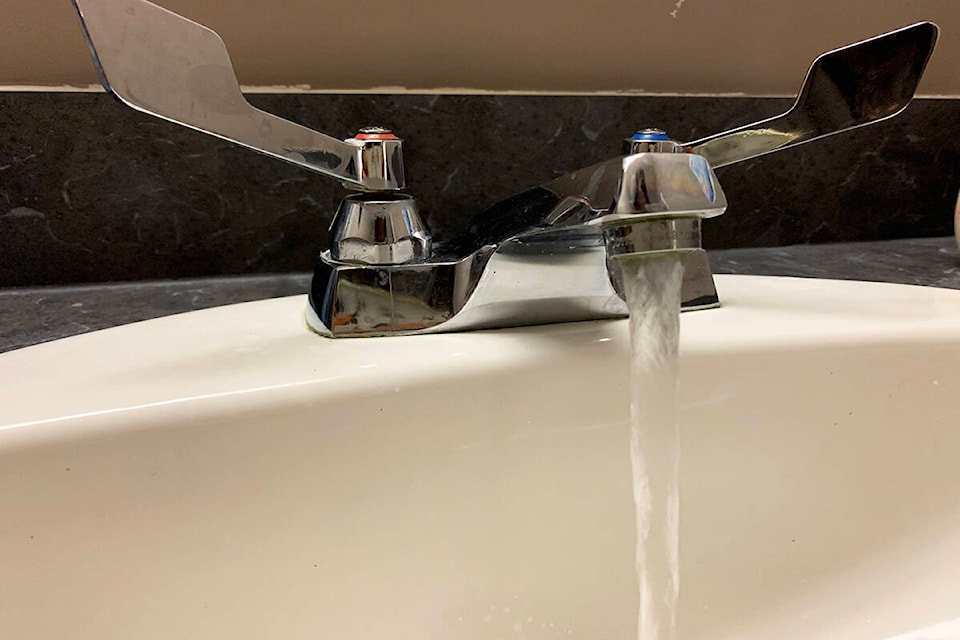The City of Kimberley has issued a water quality advisory for all users after recent testing showed that current water quality has dropped from ‘good’ to ‘fair’ due to increased turbidity or cloudiness in the water.
The City issued an advisory due to spring run off back in May, and the recent rainy weather has again caused turbidity to increase — turbidity being a measurement of water clarity that can be an indicator of potential health risk. Good implies the turbidity levels are less than one NTU, fair between one to five NTU and poor when greater than five NTU.
Health risks increase as turbidity rises, particularly for at-risk populations such as newborns, the elderly and people with weakened immune systems. Contaminants such as viruses, bacteria and parasites can attach themselves to the suspended particles in turbid water.
These particles can then interfere with disinfection, limiting chlorine’s ability to remove or inactivate the contaminants. Current turbidity levels exceed the 1 NTU standard recommended in the Guidelines for Canadian Drinking Water Quality.
The City and Interior Health recommend children, the elderly and anyone with a weakened immune system should drink boiled water or a safe alternative. These groups of people should also boil for one minute water intended for washing fruit, making juice or ice, or brushing teeth.
Additionally, all owners of public facilities must post Water Quality Advisory signage at all sinks or drinking water fountains accessible to the public, or alternatively shut them off until the order is rescinded.
The City of Kimberley said that it is taking measures to reduce risk. Interior Health has been fully informed and the public will be notified when conditions change or water quality has improved.
